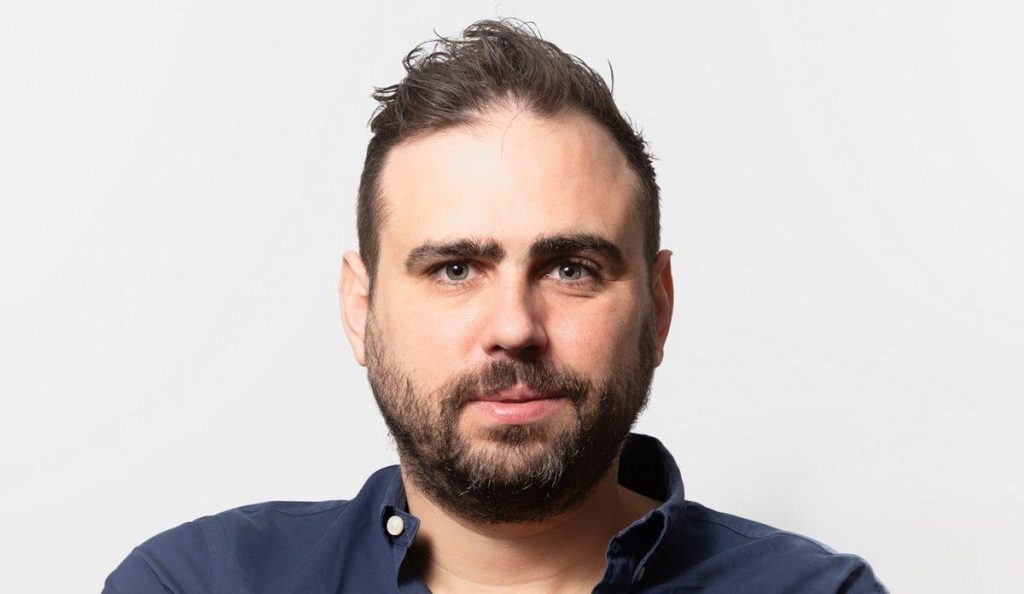In 2010, we started our first company, DeinDeal, which became the fastest-growing startup in Switzerland. We sold it in 2015. This experience fuelled my passion for creating more companies from scratch. In 2015, we founded wefox which has grown to become one of the world’s leading insurtechs. wefox has more than 1,000 staff and generates more than $800 million in revenues a year.
Over the last eight years, I’ve additionally co-founded eight more tech companies in industries such as health, payments, real estate, services and human resources. I’ve learned a lot about scaling companies in different industries during this time and while there are numerous factors that drive a company’s growth, one common theme consistently emerges as being both the biggest challenge and an untapped opportunity: the evolution of culture.
Transformation isn’t just about changing strategy or structure. It’s a complex journey that involves evolving the collective mindset, shared values, and the culture of an organization.
In building my companies I have always been amazed by Spiral Dynamics Theory, which I believe offers a blueprint to personal and organizational growth. This framework serves as a treasure map for growth, identifying seven key stages of individual and organisational evoltution:
- Survival: Here, the focus is on basic needs. Organizations resemble a band of pirates, each looking out for themselves.
- Tribal: The importance of community comes into play. Organizations evolve into tribes led by trusted figures.
- Power: Ego takes center stage as individuals seek dominance. Organizations mirror this, adopting a power-centric, almost mafia-like structure.
- Order: Rules and moral codes are established. Organizations become well-organized entities with strict hierarchies. Leaders often attain their status by position.
- Achievement: The focus shifts to success and productivity. Leadership becomes performance-based.
- Community: Emphasis is placed on balance, sustainability, and democratic decision-making. Organizations develop progressive structures and promote transparency.
- Integration: The organization becomes a living, adapting entity, acknowledging and integrating all previous stages.
The higher the stage the higher the processing power and output of an organization. But the path to becoming the best version of an organization is not linear; it’s a spiraling journey. It involves a complex interplay between individuals and the organization, often marked by periods of turmoil and instability. Remember, there’s no growth without pain.
Leadership plays a pivotal role in this evolutionary journey. Leaders must first identify their organization’s current stage and understand that they’re building for the people, not for themselves.
This is a delicate dance, requiring a balance between control and innovation, competition and cooperation. Organizations are a mirror of human growth because there is a symbiotic relationship between people and the evolution of the company in which there is a continuous reinforcing loop.
Sometimes, employees may be further along in their journey than their organization, causing tension. Leaders must be aware that they can’t force the organization to evolve faster than its natural pace.
The key is to make small, incremental adjustments that foster a culture of continuous learning and adaptation, where change is embraced as an essential part of growth. It’s about understanding how individuals and organizations are in a symbiotic relationship, reinforcing and shaping each other’s growth.
Also I noticed that different industries have dominant stages that signal their general readiness for innovation. The higher the stage, the greater the potential for growth and innovation. This knowledge can be a competitive advantage, helping you understand how to become the leader in your industry. You do not need to be the most progressive company on the planet, you “only” need to be the most progressive company of your industry to win.
Employees and organizations are like two dancers in a tango. They influence each other in a loop. For example, if most employees are at Stage 3, the organization will likely have a “mafia-like” culture. This culture then reinforces the Stage 3 mindset in employees. It’s a cycle and the best you can do as a leader is to disrupt the old ways and slowly move the organization to Stage 4 and then further – but always one step at a time.
Read the full article here









